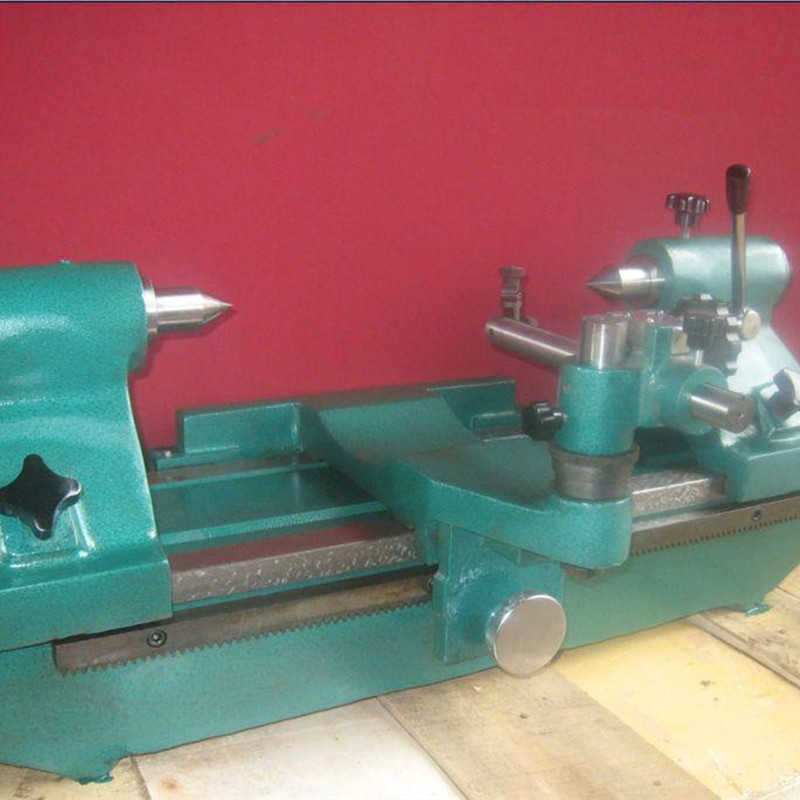Aug . 21, 2024 07:12 Back to list
1.5 Inch Butterfly Valve Specifications and Applications for Optimal Flow Control
Understanding the 1.5-Inch Butterfly Valve A Comprehensive Overview
Butterfly valves play a crucial role in regulating flow in various piping systems across multiple industries. Among the multitude of sizes and designs available, the 1.5-inch butterfly valve is a popular choice for applications that require efficient flow control without taking up excessive space. This article delves into the features, uses, advantages, and maintenance of the 1.5-inch butterfly valve.
What is a Butterfly Valve?
A butterfly valve is a type of valve that uses a rotating disc to control the flow of liquid or gas. The disc is mounted on a shaft and can be rotated 90 degrees to either fully open or close the valve. When the valve is open, the disc is parallel to the flow, allowing fluid to pass with minimal resistance. Conversely, when the valve is closed, the disc obstructs the flow, providing a tight seal.
Features of the 1.5-Inch Butterfly Valve
The 1.5-inch butterfly valve is characterized by its compact size and efficient design. Typically made from materials such as stainless steel, PVC, or cast iron, its construction ensures durability and resistance to corrosive environments. The valve’s disc can be rubber-coated or made of metal, depending on the specific application and operating conditions.
One of the notable features of the 1.5-inch butterfly valve is its lightweight design. This makes installation and maintenance easier, particularly in confined spaces where larger valves would be cumbersome. The valve can be operated manually using a handle or can be equipped with actuators for automated control.
Applications
1. Water Treatment The 1.5-inch butterfly valve is commonly used in water treatment plants to control the flow of water through various stages of filtration and purification. 2. HVAC Systems In heating, ventilation, and air conditioning systems, these valves help regulate airflow, ensuring efficiency and comfort.
3. Food and Beverage Industry The valve's sanitary design makes it suitable for use in food processing and distribution, where cleanliness and food safety are paramount.
4. Chemical Processing Due to its ability to handle various fluids, the valve is ideal for chemical processing operations, ensuring precise control over fluid flow.
1.5 inch butterfly valve

Advantages
The use of a 1.5-inch butterfly valve presents several advantages
- Space Efficiency Its compact design allows for installation in tight spaces without sacrificing performance. - Quick Operation The quarter-turn operation allows for fast opening and closing, making it ideal for applications that require rapid flow adjustments. - Low Pressure Drop The streamlined design minimizes resistance, resulting in lower pressure drops across the valve, which is crucial for energy-efficient operations. - Versatility Suitable for a wide range of applications and compatible with various fluids, this valve is a flexible solution for many industries.
Maintenance Tips
To ensure longevity and proper functioning of the 1.5-inch butterfly valve, regular maintenance is essential. Here are some tips
1. Visual Inspection Regularly check for signs of wear, corrosion, or leaks. 2. Lubrication Ensure that the valve's moving parts are properly lubricated to prevent sticking or seizing.
3. Regular Testing Periodically test the valve's operation to ensure it opens and closes smoothly and seals properly.
4. Correct Installation Ensure that the valve is installed correctly according to the manufacturer’s specifications to avoid operational issues.
Conclusion
The 1.5-inch butterfly valve is an essential component in various industrial and commercial applications. Its efficient design, low maintenance requirements, and adaptability make it an excellent choice for flow control. Understanding its features and proper care can help users maximize its potential, ensuring reliable performance and longevity in service.
-
Why Metric Trapezoidal Thread is Ideal for Precision Motion ControlNewsAug.05,2025
-
The Unique Properties of a Block of Granite for Industrial UseNewsAug.05,2025
-
The Role of Flanged Y Strainers in Preventing Pipeline ClogsNewsAug.05,2025
-
The Importance of Regular Calibration for Master Ring GagesNewsAug.05,2025
-
How a Cast Iron Surface Table Enhances Accuracy in ManufacturingNewsAug.05,2025
-
Comparing Different Check Valve Types for Optimal Flow ControlNewsAug.05,2025
Related PRODUCTS









